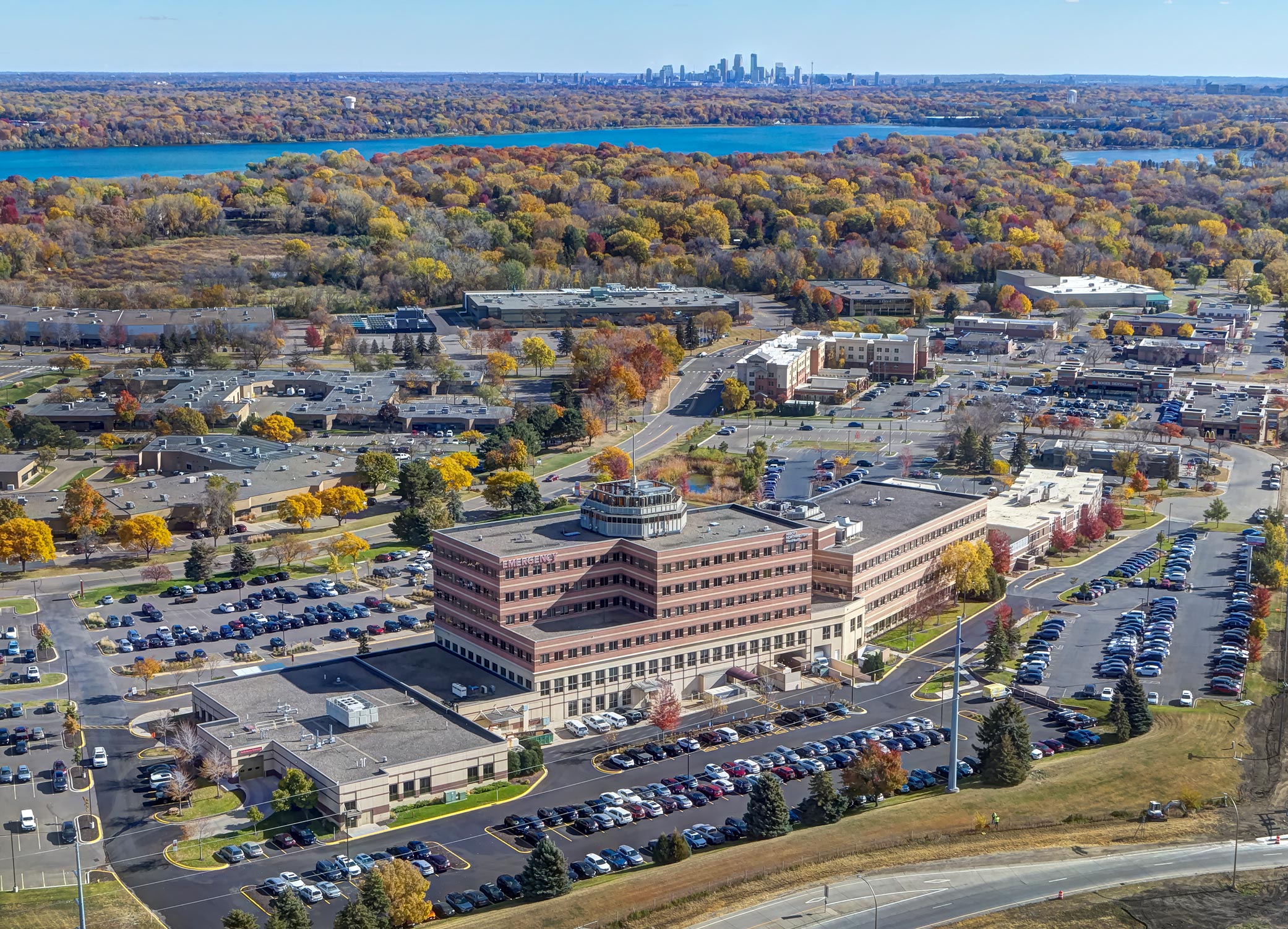In today’s healthcare real estate market, strategic leasing approaches can significantly enhance returns for property investors while creating optimal environments for clinical practice success. When landlords and medical tenants align their interests, both parties benefit from improved financial outcomes and operational efficiency.
Tenant Mix: The Foundation of Property Value
A thoughtfully curated tenant mix serves as the cornerstone of successful healthcare properties. Complementary medical specialties drive natural patient referrals between practices, increasing foot traffic and patient volume for all tenants. Strategic anchor tenants provide stability while specialty practices add diversity, reducing vacancy risk and creating a more resilient property.
For clinical practices, being part of a well-designed medical ecosystem means greater patient capture and streamlined referral networks, directly impacting practice growth and profitability.
Location

Modern healthcare location strategy extends beyond basic population metrics. Accessibility, visibility, and proximity to complementary healthcare services all significantly impact both property value and practice success. For investors, properties with superior healthcare-specific location attributes command premium lease rates and experience lower vacancy rates.
Clinical practices benefit from reduced patient acquisition costs and improved patient retention when situated in locations that align with their specialty and patient demographic. The right location can make the difference between a thriving practice and one that struggles to maintain volume.
Lease Structure Innovation
Innovative lease structures that balance investor returns with practitioner needs represent a significant opportunity. This balancing act often requires lots of creative problem-solving, but the resulting agreement can set both parties up for success.
Thoughtful TI allowance strategies can attract quality tenants, focusing on improvements that enhance both practice efficiency and long-term property value.
Options for expansion, extension, or relocation within a property give practices flexibility and security, while giving investors tenant retention advantages.
Rent abatement on the front end of a lease can help a practice ramp up a new location, while owners can often make up this income by adding the same number of months onto the end of the lease term at the higher ending rate.
Infrastructure Investment
Strategic infrastructure investments create competitive advantages for healthcare properties. High-capacity power systems, enhanced HVAC capabilities, extensive plumbing availability and advanced connectivity infrastructure can command premium lease rates while reducing future capital requirements and also give clinical practices the infrastructure needed to support modern care delivery.
Collaborative Planning Approach
The most successful medical buildings foster ongoing collaboration between investors and practitioners. Regular communication about evolving practice needs, upcoming lease expirations, and property improvement plans creates opportunities to align interests before critical decision points arise.
Case Study
A compelling example of strategic healthcare real estate leasing in action is the Davis collaboration with HealthEast (now MHealth Fairview) to create a destination ambulatory hub adjacent to a suburban hospital. HealthEast sought to consolidate its ambulatory clinics from the hospital and various medical buildings on and near campus into a single location designed to optimize the ambulatory experience.
What makes this project exemplary is the dramatic growth in demand it experienced. Davis expanded the building twice during construction—first from 80,000 sf to 120,000 sf, and then to 148,000 sf. This exceptional demand stemmed from multiple factors:
- Strategic Location: The property’s proximity to the hospital created a natural healthcare ecosystem while offering superior visibility and access for patients
- Tenant Synergies: As complementary specialties signed on, referral opportunities increased, driving interest from both HealthEast departments and independent practice groups
- Purpose-Built Design: The facility’s modern infrastructure and patient-centric layout offered efficiencies unavailable in older properties, compelling additional practices to relocate
This case demonstrates how strategic planning and collaborative approaches create value for all stakeholders. The providers gained an optimized clinical environment enhancing patient experience, while the property achieved exceptional occupancy and value through thoughtful development.

